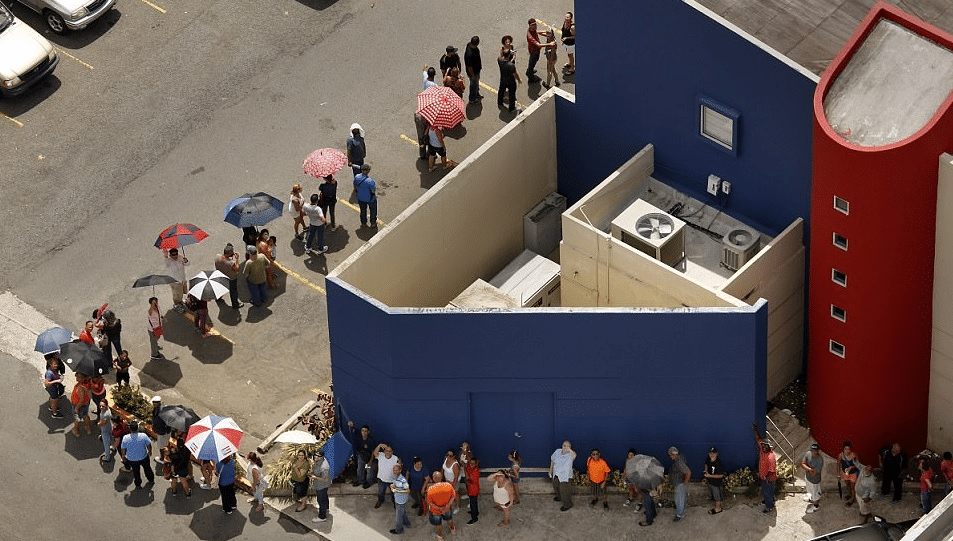The median household is the statistical center of the Middle Class. In terms of income, this class has not gained much in recent decades. Let’s take a closer look at a troubling aspect of the Census Bureau’s latest annual household income data, issued in September.
In this update, we’ll focus on the growing gap between the median (middle) and mean (average) household incomes across the complete time frame of the Census Bureau’s annual reporting, which began in 1967, to the release of the annual data for 2020. Here is a snapshot the clearly illustrates the growing gap between the middle household and the average, which has been increasingly skewed higher by the more rapid income growth of higher income households.
For a more realistic sense of the median-mean gap, here is the same chart adjusted for inflation based on the Bureau of Labor Statistics’ Consumer Price Index-Research Series (which we discuss in more detail here). Among other things, we see that the 2020 average income is just below the all-time highs in both in the median and mean series.
The next snapshot features an overlay the two series showing the cumulative growth of the two, which gives a clearer sense of the widening gap. It also documents the erratic trends in real income growth during the 20th century.
The next chart is a calculation of the growing gap itself as the percentage spread between the two series. In 1967 the average household received about 12% more annual income than the middle household. In 2020 the spread increased to about 44%.
The inset in the chart above shows the Gini Index for all households. This is a more sophisticated way to calculate the income distribution of households. We created the inset using the Census Bureau’s historical data (see table H-4). Investopedia offers a concise explanation of the Gini Index:
This number, which ranges between 0 and 1 and is based on residents’ net income, helps define the gap between the rich and the poor, with 0 representing perfect equality and 1 representing perfect inequality.
For an explanation of the calculation itself, see the details at Wikipedia. So, take your pick — the growing gap between the median and the mean or the rising Gini Index. Both show the same clear trend in growing inequity in household incomes.
Median and Mean Household Incomes by Age Groups
If we take a closer look at incomes in 1967, grouped by the age of the head of household, the mean-median spread was small for youngest households and increased incrementally with the cohort age to a rather wide spread for the seniors, age 65 and over, namely those born in 1902 and before.
Here is the comparable column chart for the latest year of Census Bureau data. The spreads have grown substantially.
To facilitate our comparison of the extreme change from 1967 to 2020, this pair of column charts shows us the size of the mean-median spreads for the age cohorts.
We’ll close this update with a look at the mean skew for a household in the age 45-54 cohort, the peak earning years for our 10-year cohorts.
We see that the spread remained relatively constant from 1967 through the mid-1980s. But a major change began in 1987 as the policies and politics of supply-side economics (aka Reaganomics) began to take hold.
The median household is the statistical center of the Middle Class. As the charts above clearly illustrate, this class has not gained much in recent decades, and the resulting anger had a major impact on the Republican party and the 2016 Presidential election. It remains to be seen if the policies will truly benefit and positively affect this group in the coming years.
Originally posted on Advisor Perspectives.
